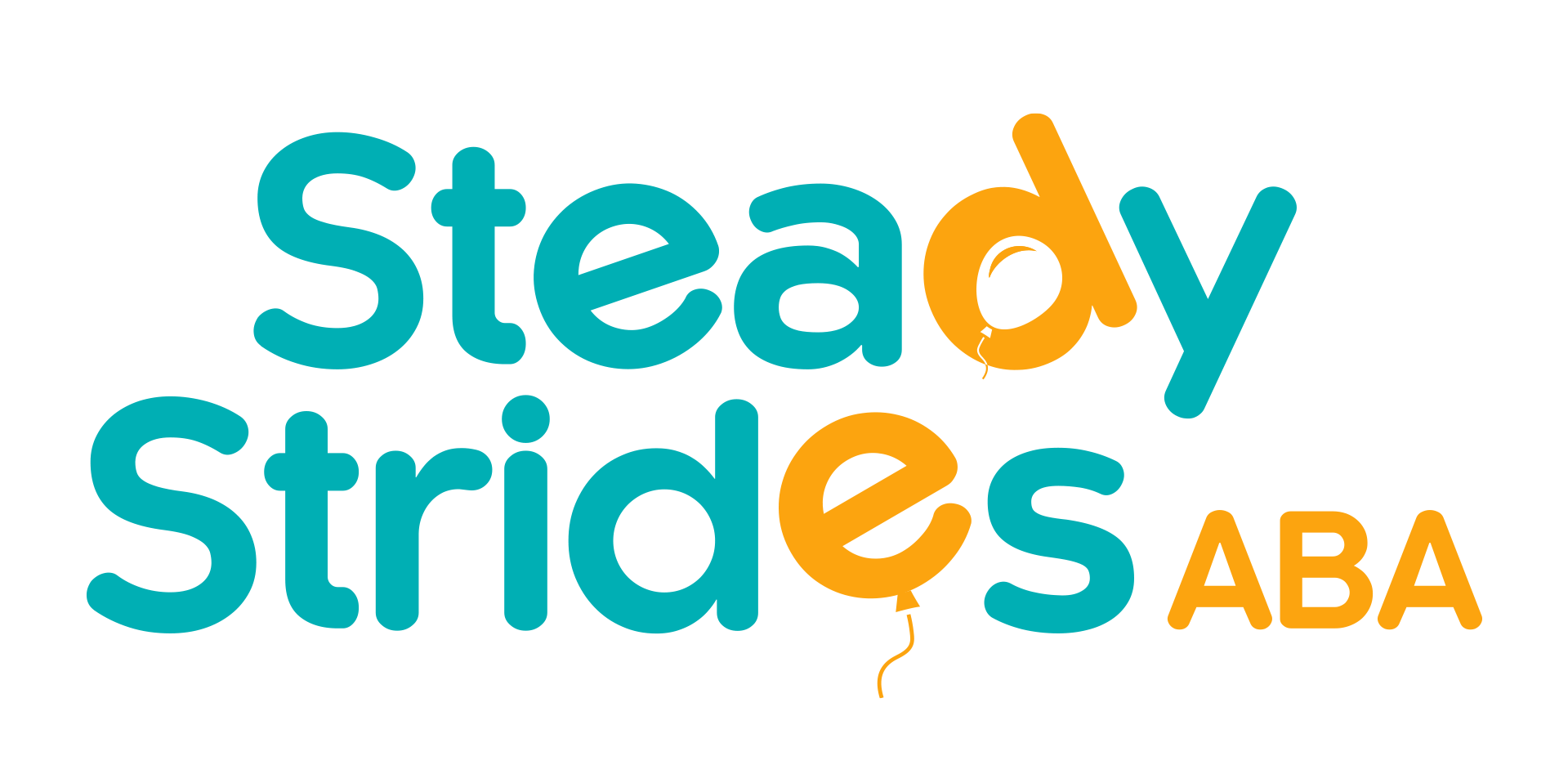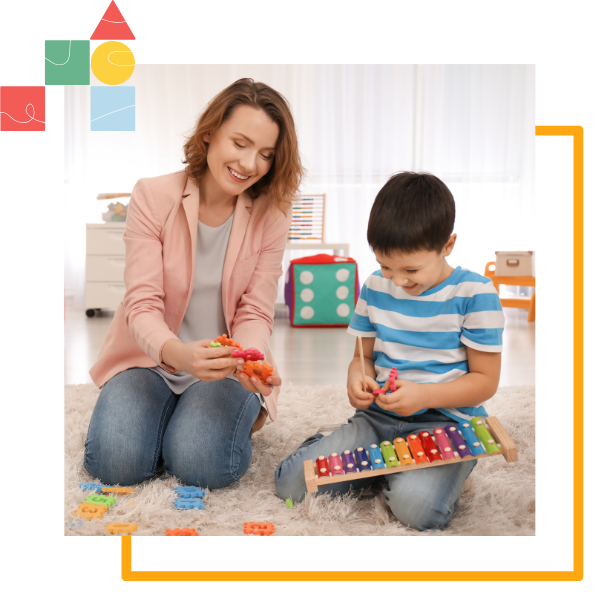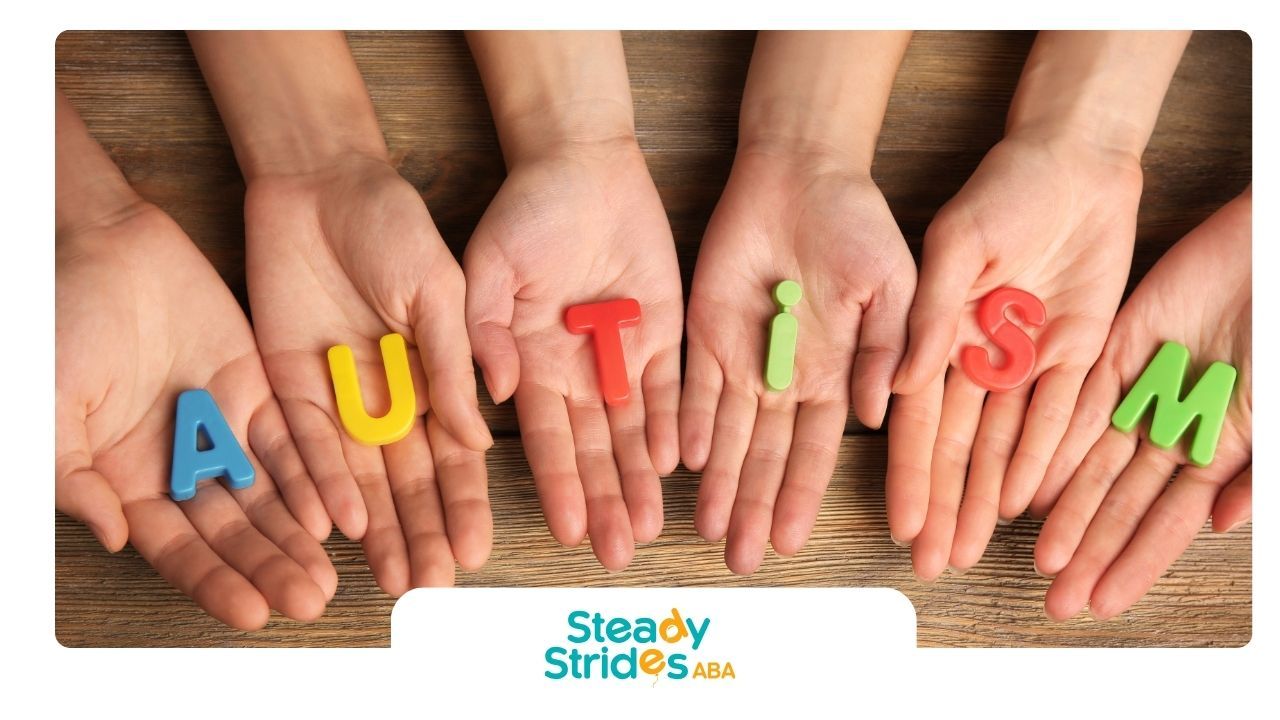Applied behavior analysis, more commonly known as ABA therapy, is an evidence-based approach designed to help individuals, especially children diagnosed with autism spectrum disorder, develop meaningful life skills. ABA therapy relies on proven behavioral strategies to teach, reinforce, and maintain positive changes in behavior. Through thoughtful assessment and targeted interventions, ABA therapy supports a child’s learning and independence. As you explore the following sections, you’ll gain a clear understanding of how ABA therapy works and its impact on children and families.
Understanding ABA Therapy: Foundations and Principles
At its core, ABA therapy is anchored in the science of learning and behavior analysis. This means therapists closely observe how behaviors are learned and what environmental factors influence them. By using these insights, ABA therapy helps children build important skills while minimizing actions that may interfere with learning or social connection.
Behavior analysis is the systematic study of how behaviors occur, allowing ABA therapy to be flexible and adaptable for each child’s needs. With this approach, practitioners can identify specific behaviors, track progress, and adjust strategies to maximize positive outcomes throughout each stage of development.
What Is ABA Therapy and How Does It Work?
Applied behavior analysis is a structured therapy centered around understanding and changing behaviors through careful observation and evidence-based techniques. An ABA therapist begins by assessing your child’s current abilities and challenges, identifying skill gaps, and setting individualized goals. These goals often focus on teaching new skills, fostering positive behavior, and reducing actions that might hinder progress at home or school.
Unlike many behavioral interventions, ABA therapy stands out because of its data-driven and individualized approach. Every decision made by an ABA therapist is based on ongoing data collection and analysis. “ABA therapy is unique because it is tailored to the learner’s skills and needs, ensuring that every session is meaningful for that individual,” says Christina Gladden, a behavior analyst.
Through structured sessions using reinforcement and step-by-step teaching, learners are guided to master each target skill. Positive behavior is rewarded, which motivates children to repeat those actions. This cycle of teaching, reinforcement, and monitoring helps children acquire communication, social, and daily living skills in a way that is both systematic and personal.
Key Concepts: Behavior, Reinforcement, and Motivation
In ABA therapy, understanding behavior is fundamental. Behavior refers to any observable action your child does, from making eye contact to following instructions. To shape desired behavior, ABA therapy relies on the powerful concept of reinforcement—providing a reward that makes it more likely a behavior will happen again.
Positive reinforcement is especially important. It involves rewarding your child for performing a desired behavior, leading to more frequent positive outcomes. Some key elements include:
- Immediate feedback or praise following the behavior, so the connection between action and reward is clear.
- Using favorite snacks, toys, or activities as rewards to increase motivation.
- Consistently reinforcing small successes to help your child build confidence and persistence.
Motivation is what drives your child to participate and learn. By using reinforcement tailored to your child’s interests, ABA therapy encourages engagement and steady progress.
Common Techniques Used in ABA Therapy
A variety of ABA therapy techniques are used to support children’s learning and independence. From highly structured instruction to natural, play-based interactions, ABA programs rely on the right combination of methods for each child’s needs. Two of the most widely used techniques are discrete trial training (DTT) and natural environment teaching (NET), each offering a unique approach to skill development.
ABA techniques can be adapted and blended to address challenges in communication, social skills, and daily living. The next sections will explain DTT and NET in detail, showing how they work in therapy sessions.
Discrete Trial Training (DTT)
Discrete trial training (DTT) is a structured approach that breaks down skills into small, manageable components, making it easier to teach specific behaviors. This technique is particularly beneficial in ABA therapy as it provides clear instructions and immediate feedback, promoting positive reinforcement. By focusing on one behavior at a time, your child can master new skills effectively within a supportive environment. Variability in settings and repetition helps solidify these skills, contributing to improved communication and social interactions in daily life.
Natural Environment Teaching (NET)
Natural environment teaching (NET) focuses on fostering learning in real-life settings, allowing your child to practice new skills in their everyday environment. This approach emphasizes positive reinforcement, giving children the chance to engage in social interactions and develop communication skills naturally. By integrating ABA techniques within various situations, children learn to apply their skills effectively, addressing behavioral challenges as they arise. This adaptive methodology not only enhances life skills but also contributes to overall quality of life for learners on the autism spectrum.
Real-Life Example of ABA Therapy in Action
Consider a child who struggles with transitions between activities—moving from playtime to mealtime often leads to tantrums. In this real-life example of ABA therapy, the therapist observes when and why the tantrums happen, then teaches the child a new skill, such as requesting a countdown or a five-minute warning before each change.
With consistent practice and positive reinforcement, the child learns to anticipate transitions and respond calmly. Caregivers and teachers are also involved, ensuring the same strategies are used at home and school.
Over time, this targeted approach leads to meaningful, positive behavior change. The child gains coping skills that reduce stress for themselves and their family, illustrating the real-world impact of ABA therapy.
Addressing Challenging Behaviors Through ABA
Challenging or problem behaviors, such as aggression or self-injury, are common concerns for families. ABA therapy uses in-depth behavior analysis and a process called functional behavior assessment to uncover the reasons behind these actions. By understanding what triggers and maintains a problem behavior, therapists can design strategies that encourage desired behavior instead.
Progress varies for each child, but consistent use of positive reinforcement and clear expectations leads to steady improvement. Some families notice small changes in just a few weeks, while bigger shifts may take longer as new habits develop.
Below is a table showing the process of addressing challenging behaviors in ABA:
| Step | Description |
|---|---|
| Functional Behavior Assessment | Identify triggers, consequences, and functions of the problem behavior |
| Identify Desired Behavior | Define the positive alternative behavior to be taught |
| Intervention Plan | Develop and implement strategies using positive reinforcement |
| Monitor and Adjust | Track progress, review data, and modify the plan as needed |
Building Communication Skills with ABA
One of ABA therapy’s greatest strengths lies in building effective communication skills. For children with limited or no speech, ABA therapists introduce alternative communication systems that enable them to express needs, choices, and feelings.
- The Picture Exchange Communication System (PECS) allows children to communicate using images, reducing frustration and building independence.
- Functional communication training focuses on teaching practical language skills, such as requesting help or expressing emotions, in a way that fits each child’s abilities.
- These strategies support ongoing language development, helping children move from basic communication to more complex conversations.
Consistent practice with these tools, both in therapy and at home, opens new pathways for connection and social participation.
Typical Structure of an ABA Therapy Session
A typical ABA therapy session is organized, goal-oriented, and supportive. Each session begins with a review of progress and introduces new or continuing skills based on the child’s individualized plan. The therapist uses ABA practices such as modeling, prompting, and positive reinforcement to keep learning engaging and effective.
Therapy sessions are held in a safe, supportive environment—often at home, in clinics, or in schools—so your child feels comfortable and motivated to participate. The structure fosters consistency, trust, and progress toward long-term goals.
Initial Assessment and Goal Setting
The first step in any ABA program is a comprehensive assessment. A functional behavior assessment helps the therapist understand your child’s strengths, needs, and areas of concern. This includes observing specific behaviors, interviewing caregivers, and gathering information from teachers or other professionals.
Based on these findings, the child’s therapist works with you to set clear, individualized goals. These goals may target communication, social skills, daily living, or reducing problem behaviors. Each target is defined in measurable terms so progress can be tracked throughout therapy sessions.
Collaboration between therapists, parents, and other caregivers is essential. This partnership ensures that goals are meaningful, realistic, and aligned with your child’s unique needs and family priorities.
Practicing and Monitoring Target Behaviors
Once goals are set, ABA therapy sessions focus on practicing target behaviors—those specific actions your child needs to learn or improve. Each skill is taught in manageable steps, with plenty of opportunities for repetition and reinforcement. The therapist records each attempt, noting successes and areas needing extra support.
Ongoing monitoring is key to success. Data collected during sessions allow the therapist to adjust teaching strategies, ensuring that your child continues to make progress. If a desired behavior isn’t improving, the plan may be modified to find a better approach.
Mastering each skill leads to positive outcomes, such as increased independence and improved quality of life. Over time, your child builds a toolkit of abilities that support success in school, at home, and in the community.
ABA Therapy for Children with Autism Spectrum Disorder
Children with autism spectrum disorder benefit greatly from ABA therapy, as it addresses developmental challenges in communication, behavior, and daily functioning. ABA’s individualized approach adapts to each child’s unique profile, fostering growth in a supportive, structured way.
While ABA is most often associated with autism, it can also help children with other developmental disorders. Therapy focuses on building practical skills and minimizing behaviors that limit participation in everyday life.
Early Intervention Strategies
Early intervention is a cornerstone of effective ABA therapy. Addressing the signs of autism as soon as they appear—such as speech delays or trouble with social interactions—gives your child the best way to master important skills during crucial developmental years.
The first step is a thorough evaluation to confirm autism and identify your child’s strengths and needs. ABA therapists then create a plan tailored to these findings, focusing on foundational skills like communication, play, and daily routines.
Starting therapy early can lead to major improvements in quality of life, as children gain abilities needed for school, relationships, and independence. Research shows that early intervention sets the stage for long-lasting outcomes.
Social Skills and Daily Living Skills Development
Building social skills and daily living abilities is essential for children on the autism spectrum. ABA therapy targets these life skills so your child can actively participate in social settings and manage daily routines with greater independence.
- Social skills training includes practicing greetings, sharing, and making eye contact, helping children feel more confident in group situations.
- Daily living skills, such as dressing, brushing teeth, or following a schedule, are broken down into simple steps and taught using modeling and reinforcement.
- Fine motor skills, like using utensils or tying shoes, are developed through focused practice and positive feedback.
These skills empower your child to engage meaningfully with others and handle the demands of everyday life.
Conclusion
In summary, ABA therapy stands as a robust method for addressing various behavioral challenges and enhancing communication skills, especially for children with Autism Spectrum Disorder. By employing techniques like discrete trial training and natural environment teaching, practitioners can tailor sessions to meet individual needs effectively. The structured approach ensures that each session is purposeful, focusing on both initial assessments and the ongoing practice of target behaviors. As you explore the potential of ABA therapy, remember that its principles can be applied broadly, benefiting individuals of all ages. If you’d like to learn more or consider how ABA therapy might work for you or a loved one, don’t hesitate to reach out for a free consultation.
At Steady Strides ABA, we believe that understanding is the first step toward progress. Our expert team translates the principles of ABA into compassionate, real-world applications that are meticulously tailored to your child's unique needs. We deliver consistent, evidence-based therapy that builds foundational skills, fosters independence, and creates lasting change. Choose Steady Strides ABA for a partnership that provides clarity, reliability, and dedicated support, ensuring your child makes steady and meaningful strides forward in their development.
Frequently Asked Questions
What makes ABA therapy different from other behavioral interventions?
ABA therapy stands out by using systematic behavior analysis and consistent positive reinforcement, always adapting to each individual’s unique needs. This data-driven, personalized approach leads to positive outcomes not just in behavior, but across communication, social, and daily living skills.
Can ABA therapy be used for adults or only children?
ABA therapy is effective for various age groups, not just children. Adults benefit from therapy sessions that address significant behaviors, develop new skills, and improve independence. ABA’s flexible techniques can be tailored to each person’s stage of life.
How quickly do results from ABA therapy become noticeable?
The timeline for noticeable behavior change in ABA therapy varies. Some families observe positive outcomes and desired behavior shifts within a few weeks, while others may see more gradual progress over several months, depending on the individual’s needs and consiste
Sources:
https://www.autismspeaks.org/applied-behavior-analysis
https://www.autismspeaks.org/expert-opinion/what-discrete-trial-training
https://moveupaba.com/blog/understanding-natural-environment-teaching-in-aba-therapy/
https://online.regiscollege.edu/blog/4-methods-for-increasing-communication-within-applied-behavior-analysis/
https://moveupaba.com/blog/initial-aba-assessment/
https://www.chop.edu/health-resources/applied-behavior-analysis-aba-children-autism













